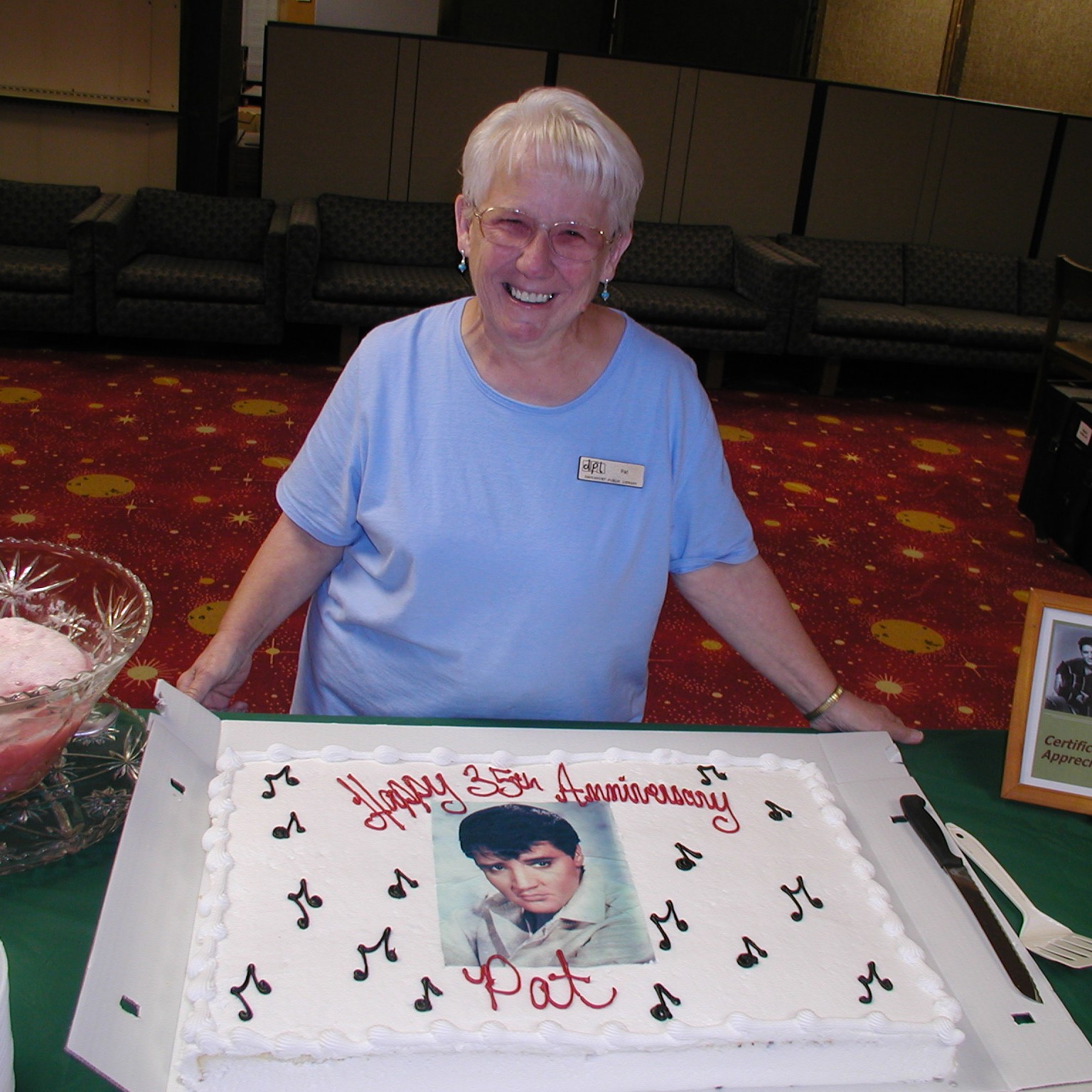Family historians of the future urge you to fill out your 2020 Census questionnaire!
The US Census is one of genealogists’ most useful tools for determining family relationships, movements, economic status, and other characteristics over time. As we are also celebrating Women’s History Month, this week’s blog focuses on the changing representations of Scott County, Iowa women in the early decennial census records.
The 1840 Census was the first federal-level count people living in what was then the Iowa Territory. It gave the number of women and girls (free white, free colored, and slave)* in a household by age category, but it only named those women who were heads of households. Sarah Lindey, for example, is named, and because she was the only female between 40 and 49 in her 8-person Scott County household, we may deduce that of 4 persons “employed in agriculture” she was a farmer’s widow who oversaw the work of 3 teenage sons. Similarly, Elizabeth Moore was likely the one female aged 40-49 and the single person employed in agriculture in an 11-person household with many young children. Of the persons in a household identified as “deaf and dumb, blind, or insane,” in the 1840 Census, it is impossible to know whether they were male or female.
Information about Scott County women is much easier to find in the 1850 US Census. Each free person was named and identified by age and sex, so we can learn where a woman was born, if she was married within the year, if she owned property (and if so, its value), and if she could read and write. Mary Ann Doyle owned $1,000 worth of real estate in the 4th enumeration district of Scott County; she was born in Massachusetts and 2 of her 3 young sons, all born in Iowa, were attending school. A woman could now be identified as “deaf and dumb, blind, insane, idiotic, pauper, or convict.” Joanna Shaw (age 30 and born in Ireland) was the only one of the 6 convicts in the Scott County Jail noted as “insane” at the time the 1850 census was taken.

The 1850 census also allows us to determine the relationships between women in a household. The 54-year-old Margaret Walker living with Benjamin (born in New York) and Mary DuBois and their 4 young children (born in Iowa) was almost certainly Mary’s mother, as both were born in Scotland.

The 1860 and 1870 US Census questionnaires were virtually the same as the one for 1850 except that a “Profession, Occupation, or Trade” was listed for women as well as men over 15 years of age. Common occupations other than “keeping house,” (only occasionally noted as such) for the women in the city of Davenport included servant, washerwoman, millner (hat maker) and dressmaker. Famed education pioneer Phebe Sudlow is one of the few women with a professional occupation: She was a school “mistress” in 1860 and a school teacher in 1870.


The 1870 US Census also allows researchers to learn if a woman’s parents were “of foreign birth,” but only in the 1880 Census (otherwise similar to 1850-1870) can we learn a woman’s foreign-born mother and father’s country of origin. Hardware merchant Robert Sickel employed Sophia Hogencamp, 22, as a servant in his home Brady St. While she was born in Iowa, but both her parents came from Prussia (Germany).

We recommend Sharon DeBartolo Carmack’s Genealogists’ Guide to Discovering Your Female Ancestor, 1998, available here in the RSSC of the Davenport Public Library (SC 929.1 CARMA) for further information on how to track down women in these early US Census records and in other sources.
(posted by Katie)
_______________________________________________
*Very few free colored persons and no slaves are listed in the 1840 US Census for Scott County.






















































